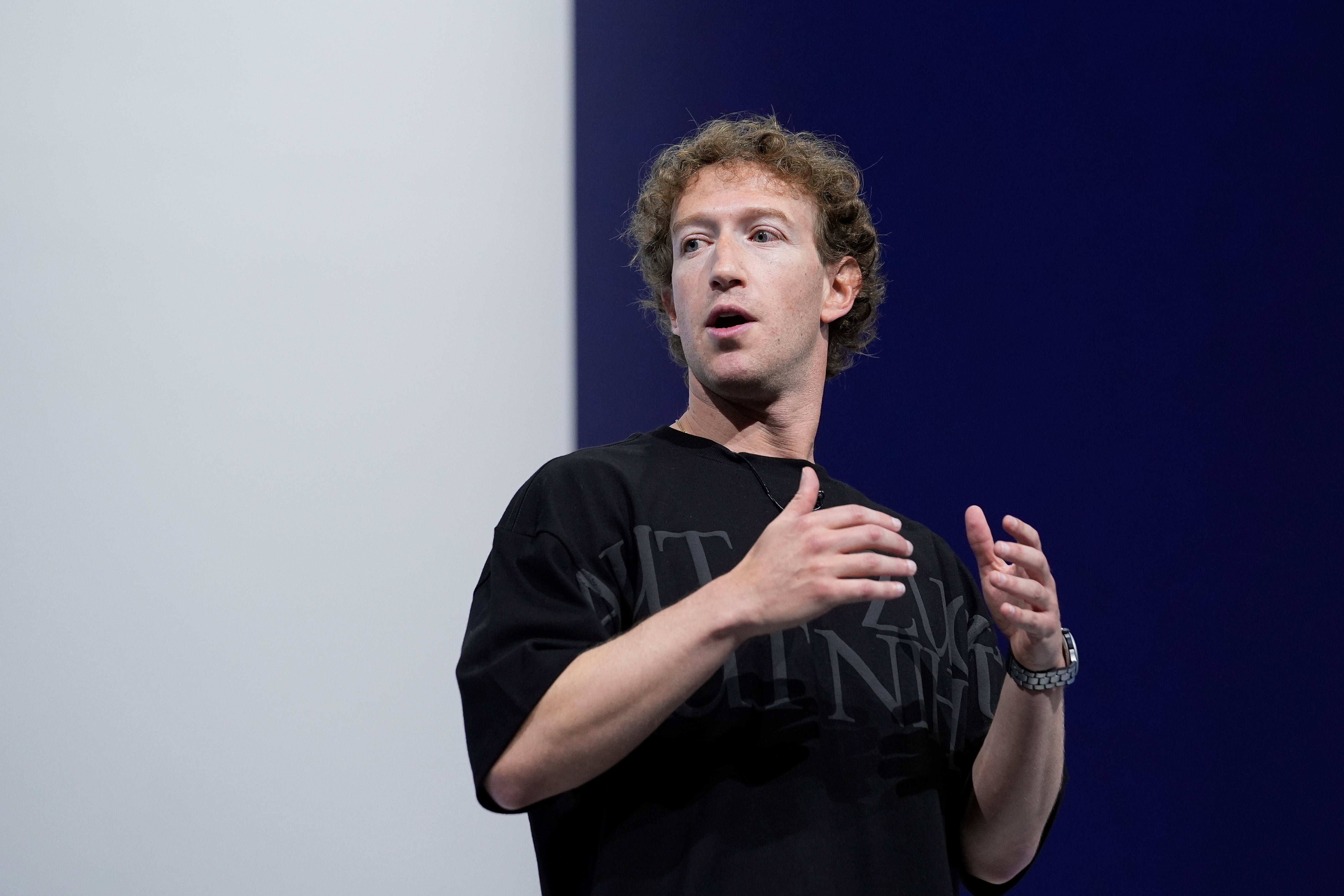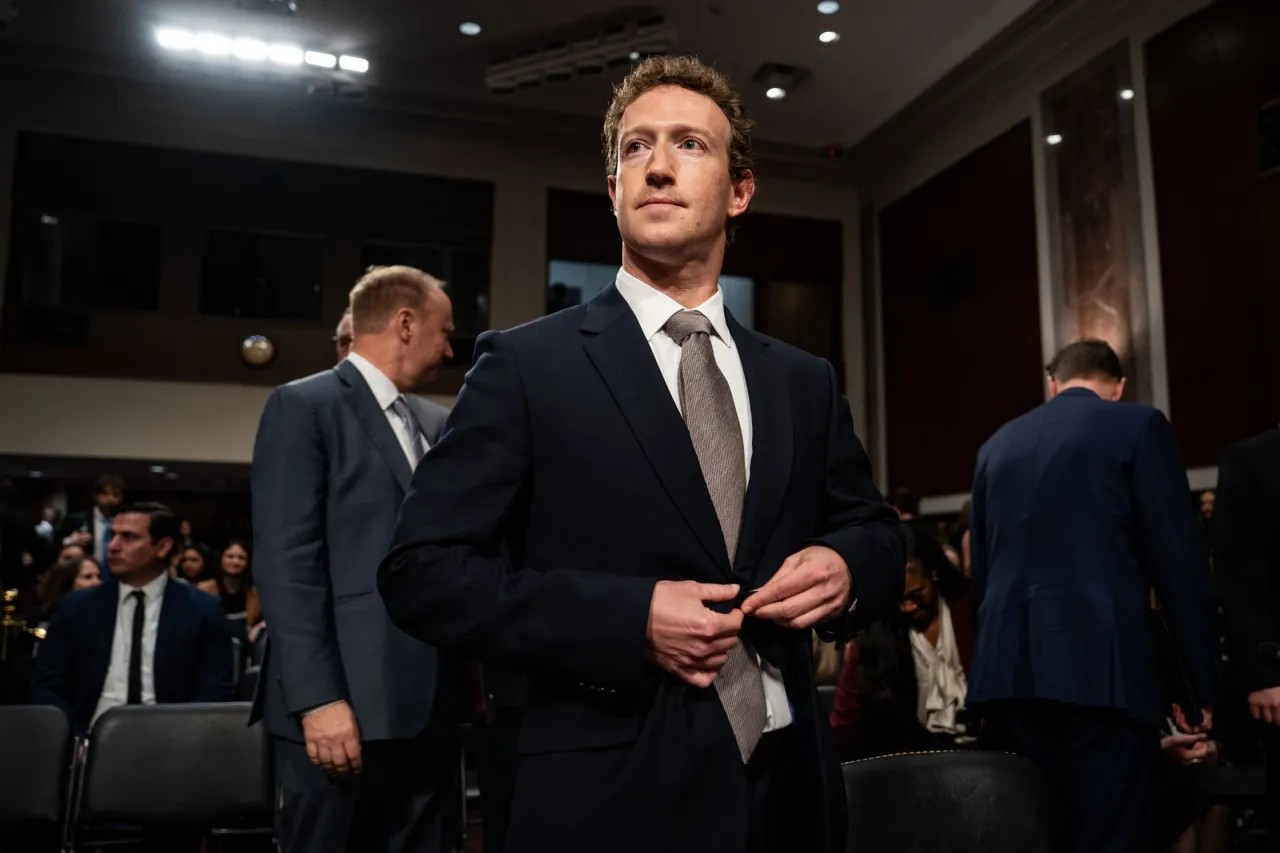
Mark Zuckerberg’s leadership style at Meta breaks sharply from traditional corporate hierarchies. In a revealing discussion with Stripe President John Collison, Zuckerberg explained that he directly manages a surprisingly small group of 25 to 30 senior leaders—a "core army" he trusts deeply to lead themselves.
Despite overseeing a vast company with tens of thousands of employees, Zuckerberg insists he does not hold regular one-on-one meetings with those in his direct reporting line. Instead, he emphasizes autonomy and self-management among his closest team members.
“I think if you’re going to report to me, you need to be able to manage yourself,” Zuckerberg told Collison during Stripe Sessions in San Francisco. This candid statement reflects a philosophy that favors empowerment over micromanagement.
For the broader Meta workforce, Zuckerberg acknowledges the importance of management structures as essential to employee growth and organizational success. But at the highest level, he prefers to keep his circle tight and fluid.
His method is not about avoiding communication; rather, it’s about efficiency and timing. “I don’t have recurring scheduled one-on-ones,” he clarified. “I talk to all these people constantly—probably more than they want to talk to me. But I do it when I have something to discuss or if they want to reach out.”
This flexible communication approach allows Zuckerberg to remain accessible without getting bogged down in time-consuming formal meetings. He strives to keep open slots in his schedule to accommodate spontaneous conversations.
Zuckerberg is far from alone among tech leaders in rejecting the traditional model of regular one-on-one meetings. Nvidia CEO Jensen Huang, who manages about 60 direct reports, also eschews scheduled one-on-ones. Huang argues that such meetings slow down information flow and reinforce unnecessary hierarchy.

Instead, Huang prefers broad communication, providing feedback ad hoc, and responding urgently when an employee requests a private discussion. “If they need me, I drop everything,” he has said.
Returning to Meta, Zuckerberg describes his core team as “small,” though 25 to 30 people hardly seem so. This “small group” functions as a highly connected unit with full context on the company’s priorities and challenges.
He invests considerable time nurturing cohesion within this team, which he views as a powerful “core army” capable of executing any mission across Meta’s sprawling organization.
Rather than relying on daily check-ins, Zuckerberg holds two key meetings weekly with this group. One is an open-ended strategy discussion where ideas are debated and visions aligned.
The other is an operational meeting where company priorities and progress are reviewed in detail. These structured but limited sessions allow Zuckerberg to stay intimately involved without micromanaging.
Meta’s sprawling operations are divided into about fifteen product divisions. These range from core consumer apps like Facebook and Instagram to the company’s massive advertising business.
Emerging technologies like virtual and augmented reality, artificial intelligence research, and other advanced initiatives also have dedicated divisions. Each is overseen by senior executives who report into Zuckerberg’s leadership circle.

For example, Chris Cox serves as Chief Product Officer, overseeing app-focused teams. Javier Olivan acts as Chief Operating Officer, managing cross-functional groups. Meanwhile, Andrew Bosworth leads as CTO, responsible for futuristic tech development.
Zuckerberg’s ongoing mission to flatten Meta’s hierarchy is designed to improve decision-making speed and reduce bureaucratic friction. Since March 2023, he declared a “Year of Efficiency” at Meta, emphasizing the removal of multiple management layers.
This initiative led to announcements of plans to cut around 10,000 jobs, mainly targeting mid-level management roles considered redundant or obstructive to agility.
Many middle managers were offered opportunities to transition into individual contributor roles, where they could directly add value without creating additional hand-offs or delays.
The flattening effort aims to create a more nimble Meta, where communication is streamlined and authority is pushed closer to the point of impact.
Though these changes caused disruption, Zuckerberg believes they are necessary for Meta to thrive amid rapid technological change and fierce competition.
Reducing hierarchy also supports the self-management ethos Zuckerberg champions within his core team, reinforcing trust and accountability.

Despite the sweeping changes, Meta’s leadership remains committed to an open culture where the “core army” communicates frequently and freely, ensuring alignment.
Zuckerberg’s style challenges the conventional CEO playbook that emphasizes controlling every detail through constant oversight.
Instead, he entrusts his senior leaders to run their divisions autonomously, providing guidance only when strategic or operational clarity is needed.
This leadership model reflects Zuckerberg’s broader belief in empowering talented individuals to take ownership, make decisions, and drive innovation without micromanagement.
It also supports faster decision-making, as fewer approvals and layers of management mean quicker execution.
His approach, however, requires that those who report to him be highly capable, self-motivated, and comfortable managing complex responsibilities independently.
As Zuckerberg put it, “If you report to me, you have to manage yourself.” This means that Meta’s leadership selection process focuses intensely on hiring executives who demonstrate exceptional judgment and leadership skills.

The consequence is a high bar for entry into the “small group,” but one that ensures trust and reduces the need for constant supervision.
Meta’s flattened structure also signals a cultural shift away from the traditional top-down corporate hierarchy toward a networked, collaborative organization.
This aligns with broader trends in Silicon Valley favoring agility, transparency, and decentralized decision-making. It’s a style that can empower innovation by breaking down silos and encouraging cross-functional collaboration.
Still, managing a company of Meta’s size with such a minimalist approach poses risks, particularly around coordination and maintaining a unified vision.
Zuckerberg’s two weekly meetings serve as vital touchpoints for alignment, but much of the company’s day-to-day work happens without his direct involvement.
In the absence of frequent one-on-ones, Meta relies on its culture, technology tools, and well-structured leadership layers to maintain cohesion. For example, internal communication platforms and project management systems help disseminate information rapidly across divisions.
The emphasis on self-management means that problems are expected to be escalated appropriately without waiting for constant direction from above. Zuckerberg’s leadership style also reflects his evolution as a CEO, moving from a hands-on founder to a more strategic overseer.
In Meta’s early days, he was deeply involved in coding, product design, and daily operations. As the company scaled, the complexity grew exponentially, necessitating a shift toward delegation and trust.
His preference for minimizing meetings and hierarchy allows him to focus on long-term vision, innovation strategy, and external relationships. It’s a recognition that at Meta’s scale, no CEO can manage every detail—and that leadership effectiveness lies in orchestrating rather than controlling.
Meta’s “Year of Efficiency” and flattening efforts illustrate the deliberate choices Zuckerberg makes to streamline operations. By eliminating unnecessary management layers and reducing job roles, the company can cut costs and speed decision cycles.
However, these changes have also led to significant internal shifts, requiring cultural adaptation and new ways of working. Employees must embrace more autonomy and accountability, while leaders must become skilled at managing without micromanagement.
Zuckerberg’s direct reports, though fewer in number than in some companies, carry immense responsibility for steering their divisions. The “small group” approach also fosters a sense of exclusivity and camaraderie among top leaders.
This team shares real-time insights, collaborates closely, and collectively drives Meta’s strategic agenda. Zuckerberg’s leadership is ultimately about trust—trusting his core team to act decisively and responsibly without constant oversight.

This trust allows him to maintain a broad view of the company while empowering others to solve problems and innovate. It’s a leadership approach that demands exceptional talent and discipline but offers the reward of speed, agility, and innovation.
As Meta continues to navigate challenges in social media, metaverse development, and AI, this lean management model positions it to adapt quickly. Zuckerberg’s minimalist management style exemplifies a new paradigm for running mega-corporations in the 21st century.
It contrasts sharply with traditional hierarchical models, signaling a future where agility and empowerment drive success. In conclusion, Mark Zuckerberg’s management of Meta through a “core army” of self-managing lieutenants and the elimination of routine one-on-ones marks a bold shift in corporate leadership.
By flattening the hierarchy and minimizing unnecessary meetings, he has created an environment that values autonomy, speed, and trust. While this approach requires exceptional talent and a strong culture, it may well be the blueprint for leading complex organizations in an era of rapid change.
Meta’s lean leadership structure, strategic meetings, and empowered teams reflect Zuckerberg’s vision for a more efficient, innovative, and adaptive company.




